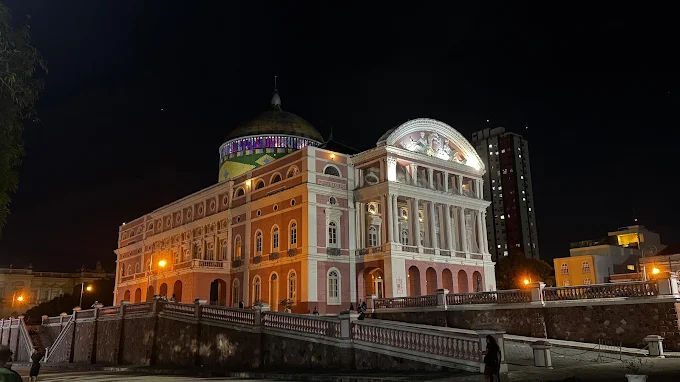
THEATRO AMAZONAS
Teatro Amazonas
Uma Viagem pela História e Cultura de Manaus Introdução O Teatro Amazonas é um dos maiores ícones culturais de Manaus e de toda a Amazônia.

Uma Viagem pela História e Cultura de Manaus Introdução O Teatro Amazonas é um dos maiores ícones culturais de Manaus e de toda a Amazônia.